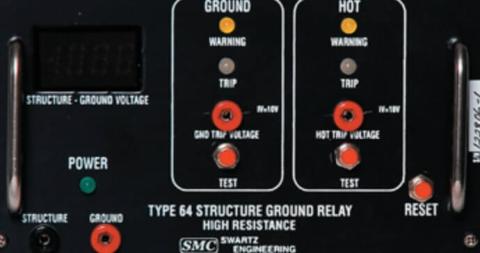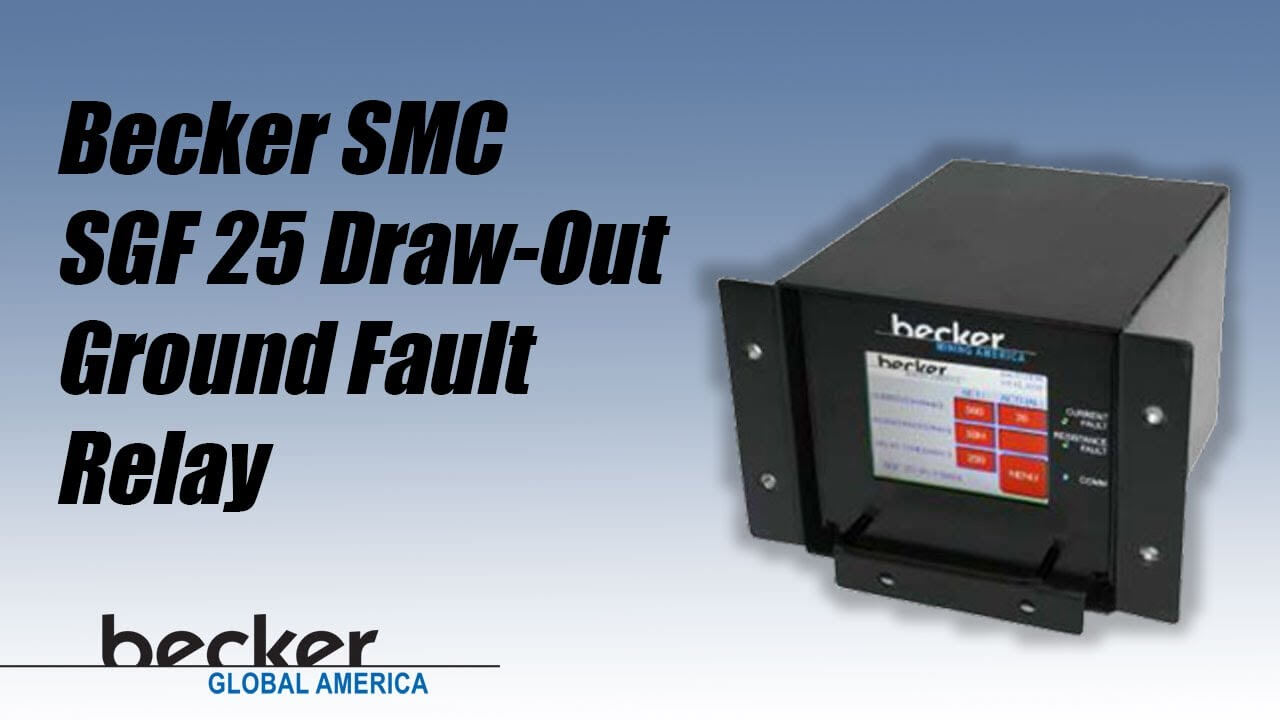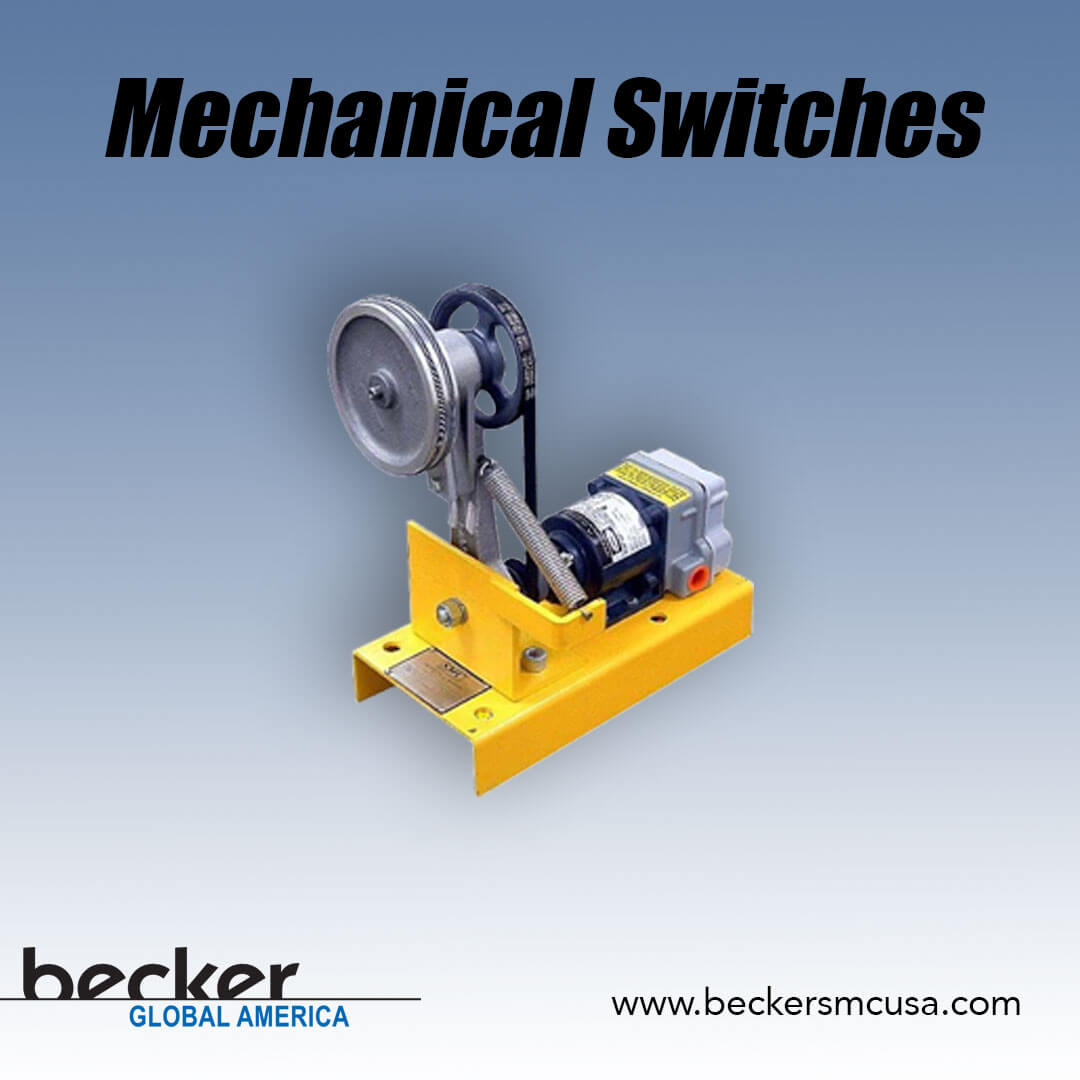In power generation, two terms that are used in specialty electrical switches and relays. A switch is an electrical device that is used to turn on or off the flow of electricity in a circuit, while a relay provides control over the same flow. The primary difference between relays and switches lies in the way they operate. A switch will open or close the circuit, while a relay uses electromagnets to control the flow of electricity. This allows for more sophisticated control over power distribution and protection from potential overloads.

What are Specialty Electrical Switches and Relays?
Specialty electrical switches and relays refer to a specific category of electrical components designed to perform specialized functions in electrical circuits. These switches and relays are engineered to meet particular requirements, provide enhanced features, or operate under unique conditions that are beyond the capabilities of standard switches and relays.
Specialty electrical switches and relays are components designed for specific applications that require features or performance not found in standard switches and relays. They are often used in industrial, commercial, and military applications where reliability, safety, and performance are critical.
Relay
Relays are often used to protect large electrical systems from overloads, as they can be configured to automatically disconnect when too much power is running through a circuit. Similarly, relays can be used to distribute power in multiple directions. This allows the power generated by one source to be used in various places while still providing protection from potential overloads.
Relays are often used to control circuits through a low-power signal. A relay may also be installed where several circuits must be controlled by one signal. Relays that handle high power may need to maintain an electric motor or other high-power loads to prevent injury and protect from faults and overloads. These types of relays are often called protective relays, and they can come with a variety of features to ensure the system is working correctly.
Magnetic latching relay styles are also common, and these relays can be used long distances in order to turn circuits on and off. This allows for remote control of devices and systems over large areas, making them a popular choice in industries that require multiple signals or devices to be controlled from one location.

Switches
Switches can also provide some measure of control over the flow of electricity, but they are less effective than relays when it comes to protecting large electrical systems from overloads. Switches cannot sense when too much power is running through a circuit, so they cannot disconnect the circuit automatically.
Particular types of switches can be used to sense liquid levels or reverse motors. Many switches have been engineered to allow convenient controls from everything, from lighting to circuits. The selection of one or several paths for electrical current can be made over computer networks or through specialty toggles/push button controls.
Overall, relays are more powerful and versatile than switches when it comes to controlling electrical flow and providing safety measures against overloads. They can be used in a variety of applications, from large industrial systems to home appliances. On the other hand, switches are often used to provide primary control over electrical circuits, and they can be more cost-effective than relays in some cases. Ultimately, the choice of which device is best for any given application depends on the specifics of the system and the level of protection and control needed. If you want to learn more about the best switch and relay styles to improve your operations, check out our website or contact us today.

Contact Us Today
Are you in need of a reliable and efficient solution for your power distribution needs? Look no further than Swartz Engineering's portable substations! Our portable substations are designed to meet the unique and demanding requirements of various industries and applications. With features such as customizable configurations, easy mobility, and top-of-the-line safety measures, our portable substations are the perfect solution for your power distribution needs.
Don't wait any longer to upgrade your power distribution system. Call us today at Swartz Engineering to learn more about our portable substations and how they can benefit your operations.
Products We Offer
Swartz Engineering strives to provide top-quality products to achieve our customers needs. Our products include:
- Type 76 DC Relay
- Type 82 DC Relay
- Swartz Engineering’s Type 64 Ground Relay
- Type 32 Reverse Current Relay
- Type 150 DC
- CSM Shield Monitor
- Metal Oxide Surge Arrestors
- Transducers
- MVIS SL Slim-line Contactor
- Fully-tested Power Control Rooms
- Swartz Engineering’s Portable Substations
